Digital Classroom
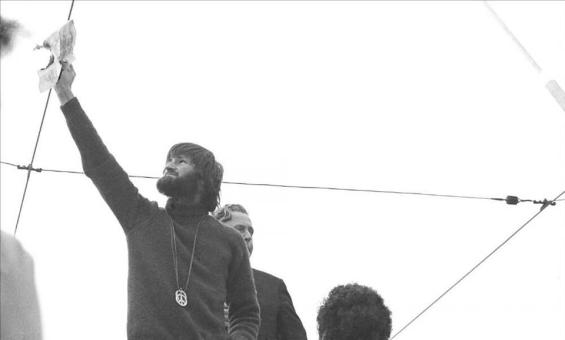
Tim Aickin, A protester burns his draft card, standing in front of Jim Cairns, Vietnam War Moratorium Day, Melbourne, May 1970, nla.gov.au/nla.obj-138060747
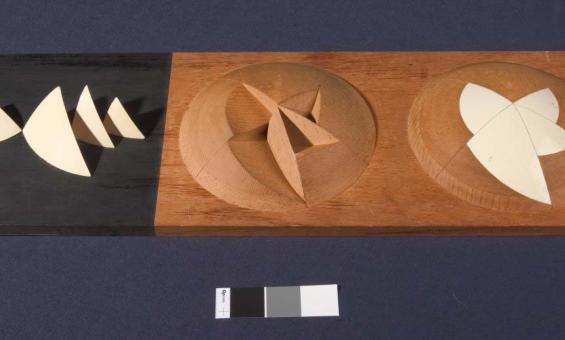
Jørn Utzon, [Architects model for the geometry of the Sydney Opera House shells] [realia], nla.gov.au/nla.obj-139591596

Norman B Tindale, Map showing the distribution of the Aboriginal tribes of Australia, 1940, nla.gov.au/nla.obj-230054338
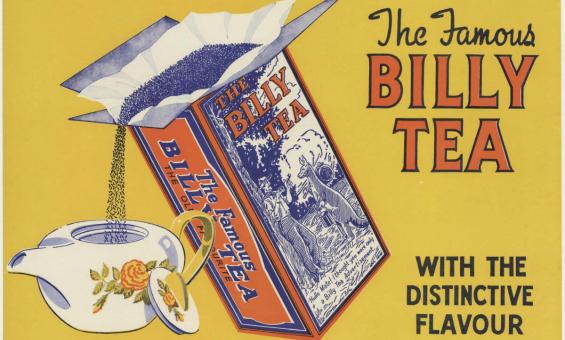
(1930). The famous Billy Tea : with the distinctive flavour, nla.gov.au/nla.obj-138235161

Brendon Kelson, Garrison Gates Memorial (former entrance to POW camp), Binni Creek Road, Cowra, nla.gov.au/nla.obj-143115748
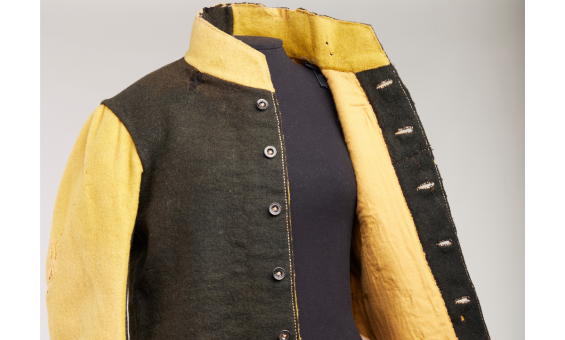
Convict uniform and two caps [realia], 1830, nla.gov.au/nla.cat-vn2398685
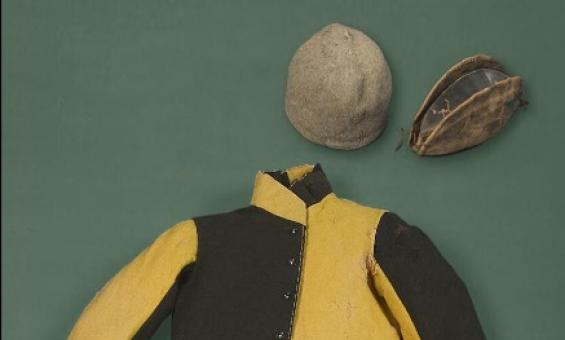
Convict uniform and two caps between 1830 and 1849, nla.gov.au/nla.obj-139411772
A secondary punishment uniform from the transportation era, coloured to distinguish continuing offenders. Hand stitched. From Van Diemens Land.
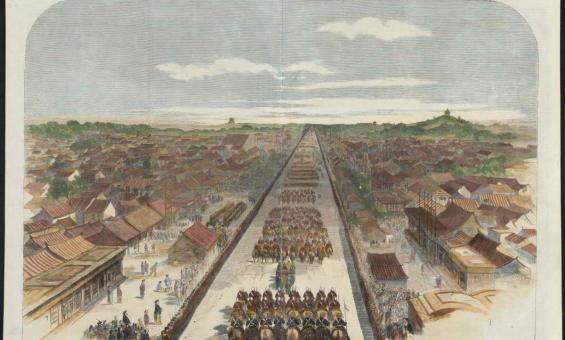
(1861). The Earl of Elgin's entrance into Pekin on the 24th of October last to sign the Treaty of Peace between Great Britain and China / sketched by our special artist from the An-Tin Gate (Gate of Peace) of the Tartar Quarter. nla.gov.au/nla.obj-128383685
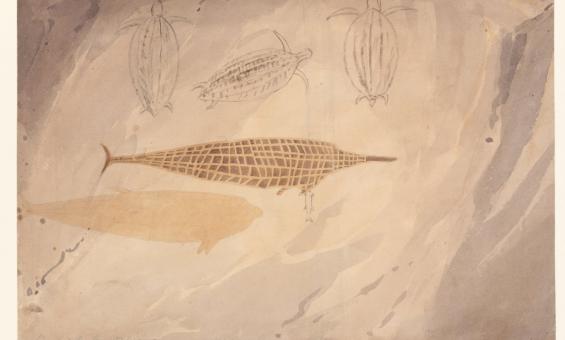
William Westall, Chasm Island, native cave painting, 1803, nla.gov.au/nla.obj-138890494

Joseph Lycett & Joseph Lycett, Aborigines resting by camp fire, near the mouth of the Hunter River, Newcastle, New South Wales, 1817, nla.gov.au/nla.obj-138500420

Port Jackson Painter, Aboriginal hunting implements and weapons, 1790, nla.gov.au/nla.obj-135230406

Tom Roberts, Bourke Street, Melbourne, 1886, nla.gov.au/nla.obj-134285521